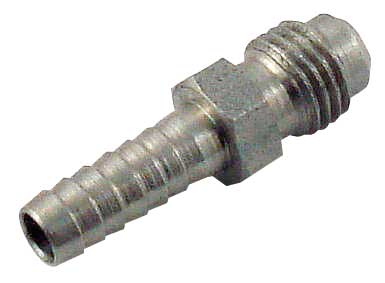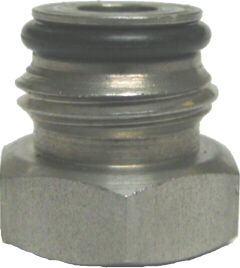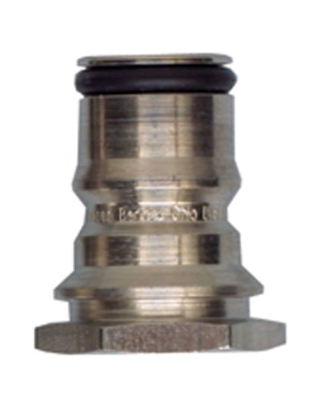Nope. Still air left.
fwiw, I cut all of my gas tubes to under 1/2" - they don't even make it through the risers. But that's irrelevant - the gas isn't trapped because of the gas tubes. They could be a foot long and not change anything, because you're not venting through the gas tube, but via the PRV. Which can't be shortened.
Otoh, if venting through the shortened gas tube, at some point when you're trying to get the air out of the lid cavity by tilting, the bubble will move to the corner of the keg and miss the gas tube port. Too indeterminate for my likes

I've been using the "upright" method for over a year, and noticed more than once that I could hear a slight gurgling when moving a "filled" keg. That's because there was air left. When I shook these kegs there was nothing - it was solid water.
And the second keg didn't take more than a couple of minutes extra, as the infrastructure stuff was solved with the first keg...
Cheers!















![Craft A Brew - Safale S-04 Dry Yeast - Fermentis - English Ale Dry Yeast - For English and American Ales and Hard Apple Ciders - Ingredients for Home Brewing - Beer Making Supplies - [1 Pack]](https://m.media-amazon.com/images/I/41fVGNh6JfL._SL500_.jpg)
















































